Engines are the heart of any vehicle, driving it forward with power and precision. However, over time, even the most robust engines can suffer wear and tear, leading to the need for rebuilding. This guide will walk you through the intricacies of engine rebuilding, explaining why it’s necessary, the processes involved, and what you should consider before undertaking this significant automotive endeavor.
What is Engine Rebuilding?
Engine rebuilding is the process of restoring an engine to a condition that is as close to new as possible; It involves disassembling the engine, inspecting its components, and replacing or refurbishing parts that are worn or damaged. The goal is to improve performance, increase reliability, and extend the engine’s lifespan.
Why Rebuild an Engine?
- Performance Issues: If your engine has lost power, is running rough, or has excessive oil consumption, a rebuild may be necessary.
- Overheating: Frequent overheating can cause significant damage to engine components, making rebuilding a viable solution.
- Age: Older engines may require rebuilding to restore their efficiency and performance.
- Cost-Effectiveness: Rebuilding can be more economical than replacing the entire engine, especially for classic cars.
Signs Your Engine Might Need Rebuilding
Recognizing the signs of engine trouble can help you decide if a rebuild is necessary. Here are some common indicators:
- Unusual Noises: Knocking, tapping, or grinding sounds could signal internal damage.
- Excessive Smoke: Blue or black smoke from the exhaust often indicates oil burning or fuel issues.
- Fluid Leaks: Oil or coolant leaks can lead to significant engine problems if not addressed.
- Poor Fuel Economy: A decline in fuel efficiency can indicate engine wear.
The Engine Rebuilding Process
Rebuilding an engine is a meticulous process that involves several crucial steps:
- Disassembly: The engine is removed from the vehicle and disassembled. Each part is cleaned and inspected for damage.
- Inspection: Components such as pistons, crankshaft, and cylinder heads are examined for wear and damage. This step helps determine what needs to be replaced or repaired.
- Machining: Worn components may need to be machined to restore their dimensions. This includes honing cylinders, resurfacing heads, and grinding crankshafts.
- Replacement Parts: Any damaged or excessively worn parts are replaced with new or refurbished components.
- Reassembly: The engine is carefully reassembled, ensuring all parts are correctly fitted and torqued to specifications.
- Testing: After reassembly, the engine is tested for functionality and performance before being reinstalled in the vehicle.
Considerations Before Rebuilding
Before embarking on an engine rebuild, consider the following:
- Cost: Rebuilding an engine can be costly, so it’s essential to budget accordingly.
- Skill Level: Engine rebuilding requires significant mechanical knowledge and skill. If you are not confident in your abilities, consider hiring a professional.
- Future Plans: Consider whether you plan to keep the vehicle long-term, as this can influence your decision to rebuild versus replace.
Understanding engine rebuilding is crucial for any car enthusiast or vehicle owner dealing with engine issues. While the process can be daunting, it offers a chance to restore performance and reliability while potentially saving money compared to a full engine replacement. By recognizing the signs that your engine may need rebuilding and understanding the steps involved, you can make informed decisions that will keep your vehicle running smoothly for years to come.
Choosing the Right Tools and Parts
When it comes to engine rebuilding, having the right tools and parts is crucial for a successful project. Here’s a breakdown of what you’ll need:
- Basic Tools: A comprehensive set of hand tools, including wrenches, sockets, and screwdrivers, is essential. Additionally, a torque wrench is vital for ensuring proper specifications during assembly.
- Specialized Equipment: Depending on your engine type, you may require specific tools such as valve spring compressors, piston ring compressors, and honing tools to aid in precision work.
- Quality Replacement Parts: Investing in high-quality parts is key. OEM (original equipment manufacturer) parts are typically recommended, but there are also reputable aftermarket options available. Ensure that all components, including gaskets, seals, bearings, and pistons, meet the required specifications.
- Engine Manual: A detailed service manual specific to your engine model is indispensable. It provides diagrams, torque specifications, and assembly instructions that guide you throughout the rebuilding process.
Understanding Engine Components
To effectively rebuild an engine, you must have a solid understanding of its various components and their functions. Here’s a brief overview:
- Cylinder Block: The core of the engine, housing the cylinders and providing structural integrity.
- Pistons: Move within the cylinders, converting fuel combustion into mechanical energy.
- Crankshaft: Transforms the linear motion of the pistons into rotational motion, driving the vehicle’s wheels.
- Camshaft: Controls the timing of the engine’s valves, allowing air and fuel in and exhaust out.
- Valves: Open and close at precise intervals, regulating the flow of air and fuel into the engine and exhaust out.
- Timing Belt/Chain: Synchronizes the crankshaft and camshaft, ensuring that the engine operates smoothly.
Tips for a Successful Rebuild
A successful engine rebuild requires more than just technical knowledge; it demands meticulous attention to detail and strategic planning. Here are some tips to ensure your project goes smoothly:
- Take Notes: Document each step of the disassembly process. This will help you remember how to reassemble the engine correctly.
- Cleanliness is Key: Keep your workspace clean and organized. Contaminants can damage engine components, so use clean tools and wear gloves to avoid transferring oil and dirt.
- Follow Specifications: Adhere strictly to the specifications laid out in the service manual for torque settings and assembly procedures. This attention to detail is crucial for engine longevity.
- Double-Check Everything: Before sealing up the engine, double-check that all components are properly installed and that there are no missing parts.
- Seek Help When Needed: If you encounter challenges beyond your expertise, don’t hesitate to seek advice from experienced mechanics or forums dedicated to engine rebuilding.
Final Thoughts
Rebuilding an engine can be one of the most rewarding experiences for an automotive enthusiast. It allows you to breathe new life into a vehicle and can significantly enhance its performance and reliability. With careful planning, the right tools, and a solid understanding of engine mechanics, you can navigate the rebuilding process with confidence. Whether you choose to tackle the project yourself or enlist the help of professionals, the journey will deepen your appreciation for the engineering marvel that is the internal combustion engine.
As you embark on this exciting project, remember the importance of patience and precision. Each step you take brings you closer to the satisfying moment when you can turn the key and hear your newly rebuilt engine roar to life.

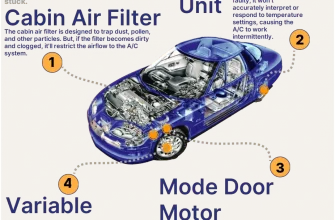
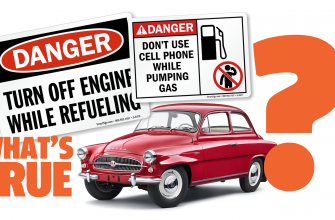
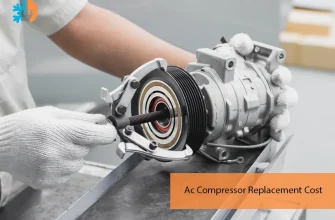

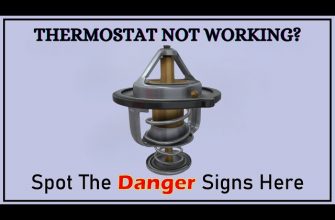
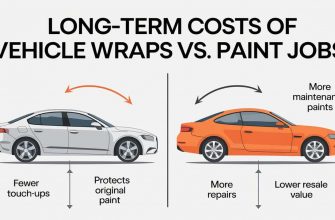
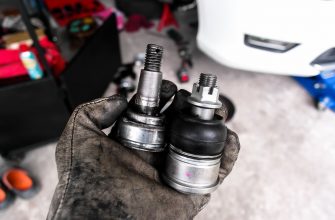
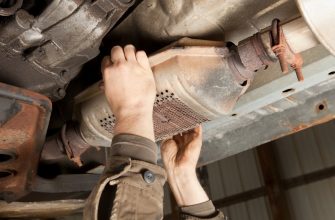
I found this guide incredibly informative! The details about performance issues and the rebuilding process were particularly helpful. Definitely a must-read for anyone looking to extend their engine’s life.
This article provides a comprehensive overview of engine rebuilding. It clearly explains the reasons why one might consider this process and outlines the signs to look for. Great resource for car enthusiasts!
This article is a treasure trove of knowledge about engines! The step-by-step breakdown of the rebuilding process was especially enlightening. I feel more confident in understanding my vehicle now.
Fantastic article! I never realized how cost-effective rebuilding could be compared to replacing an engine. This is great information for classic car owners who want to keep their vehicles running smoothly.
I loved the section on signs your engine might need rebuilding. It
The explanation of what engine rebuilding entails was very clear. I appreciate how it breaks down complex concepts into understandable terms. This will help many DIY mechanics out there!